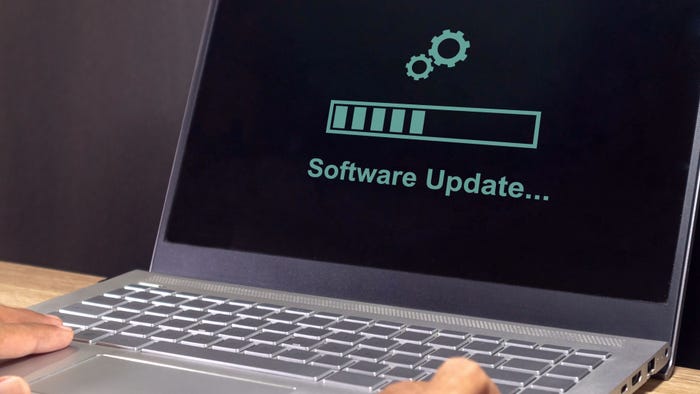Snowden's Real Job: Government Hacker
NSA whistleblower's bland job title -- infrastructure analyst -- disguised actual responsibilities: Finding new ways to hack into foreign networks and telecommunications systems.

How did the apparently low-level IT-administrator-turned-whistleblower Edward Snowden, 30, manage to gain access to details of numerous top secret National Security Agency (NSA) surveillance programs?
Simple: He wasn't actually an IT or system administrator. Intelligence officials had repeatedly suggested this while also noting that the agency employs numerous contractors to help maintain its systems. Or as Gen. Keith Alexander, the director of the NSA, told ABC News last month about post-Snowden changes at the agency: "We're now putting in place actions that would give us the ability to track our system administrators, what they're doing and what they're taking, a two-man rule, we've changed the passwords."
In fact, Snowden himself stated in a video that his most recent job title wasn't that of system administrator. "My name is Ed Snowden, I'm 29 years old. I worked for Booz Allen Hamilton as an infrastructure analyst for NSA in Hawaii," he told Guardian journalist Glenn Greenwald in a video recorded in Hong Kong and broadcast after he'd asked to be identified as the source of the leaks involving Prism and other surveillance programs. Prior to that job, Snowden said, "I've been a systems engineer, systems administrator, senior adviser for the Central Intelligence Agency, solutions consultant, and a telecommunications information system officer."
[ Proposed legislation would curb NSA surveillance powers. Read Senate Bill Seeks Greater NSA Surveillance Oversight. ]
Many commentators read "infrastructure analyst" as NSA-speak for a system administrator role, and many news reports of Snowden's leaks actually labeled him as being a sysadmin. But according to intelligence officials, the infrastructure analyst role refers to a position tasked with finding new ways to hack into foreign networks, to keep the NSA abreast of the signals intelligence it's charged with gathering.
Why hasn't Snowden's real role been highlighted to date? Principally because government officials haven't wanted to highlight the online espionage equivalent of breaking and entering into other countries' networks and telecommunications equipment, according to a Sunday report in The New York Times that cited no sources.
That revelation finally explains how 30-year-old Snowden came to possess official documents relating to some of the country's most sensitive surveillance programs, including intercepts of online audio, emails and video (Prism), traffic analysis of cell phone calls (Mainway), Internet metadata collection (Marina), and telephone content interception (Nucleon), not to mention secret court orders authorizing the surveillance programs.
Snowden said he took a job in March as a contractor at Booz Allen Hamilton -- reportedly taking a pay cut -- to gain access to the documents that he's since leaked.
"My position with Booz Allen Hamilton granted me access to lists of machines all over the world the NSA hacked," Snowden told The South China Morning Post prior to leaving Hong Kong for Moscow last week. "That is why I accepted that position about three months ago."
Snowden now remains in limbo -- his U.S. passport has been revoked -- in the transit area of Moscow's Sheremetyevo airport.
Regardless, expect the leaks to keep on coming. Greenwald has said that Snowden leaked thousands of documents, of which at least dozens are newsworthy.
Most recently, the Guardian Sunday released documents that it said detailed NSA operations against 38 embassies and missions, which were labeled as targets. That target list included not just Middle Eastern countries, but also U.S. allies such as France, Greece, Italy, Mexico, Japan and South Korea. Detailed interception methods included bugs planted in fax machines used to transmit official cables between the European Union embassy in Washington and EU headquarters in Brussels, as well as antenna intercepts and taps in networking cables.
About the Author
You May Also Like



_Daniren_Alamy.jpg?width=700&auto=webp&quality=80&disable=upscale)
